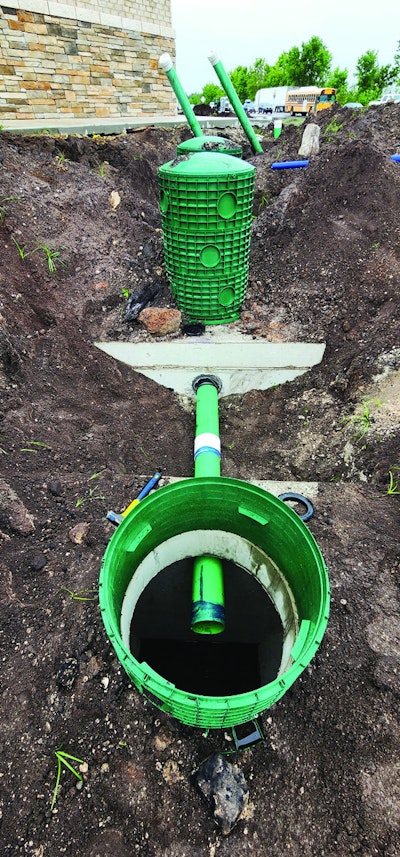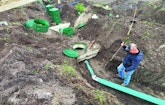
An electrician hired by Dykstra Construction runs power to the control panel. Dustin Osbron, a Tampa Septic technician, installs conduit in a riser for lift station electrical, while technicians Nick Whittington and Ryan Near discuss hooking up the control panel wiring to the lift station components.
A corporation wanted to add another convenience store and service station to its chain of facilities, but the distance to the municipal sewer was greater than 1,000 feet. Opting for an onsite system, executives hired John Katsantonis, a professional environmental scientist and...









